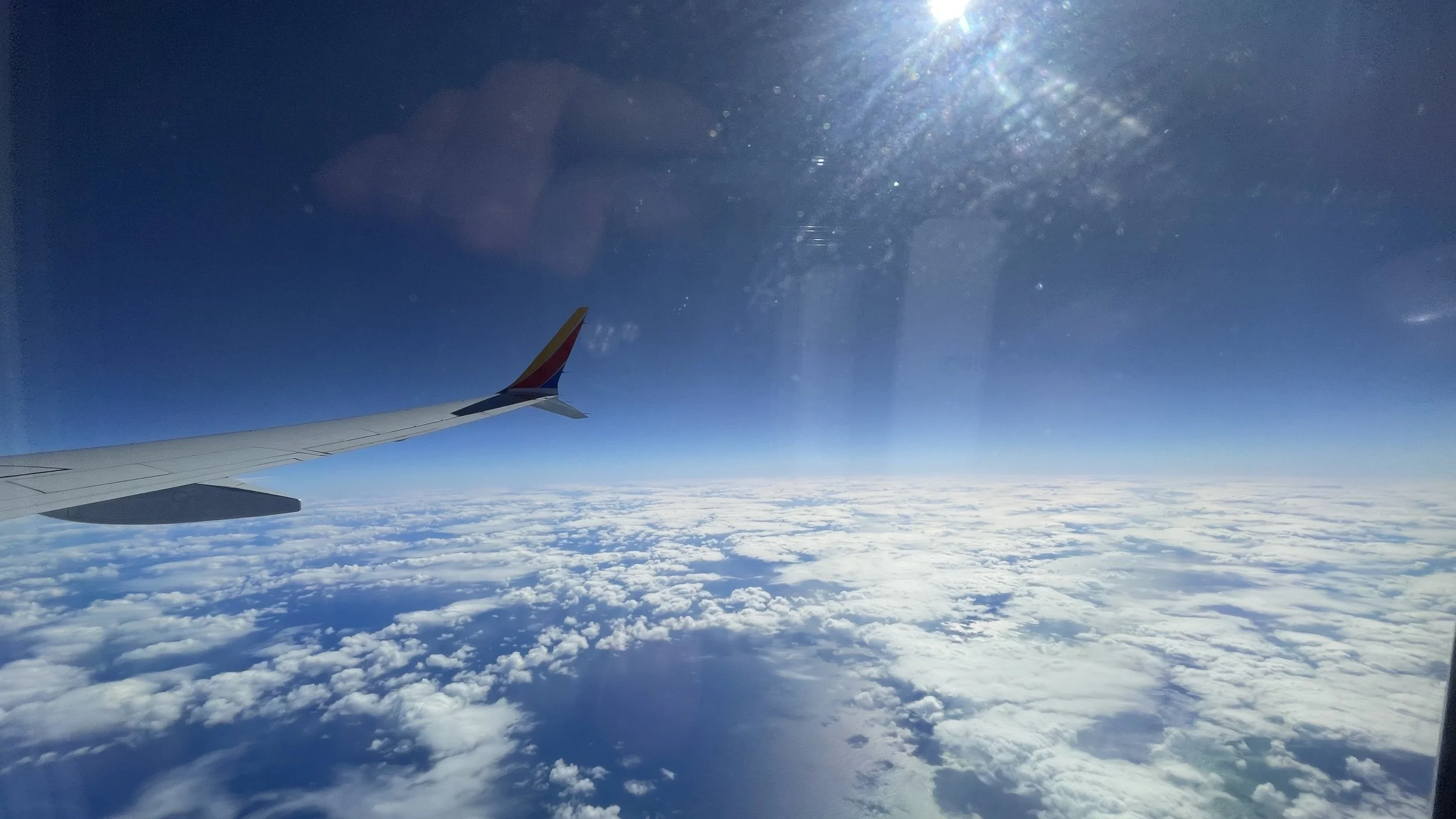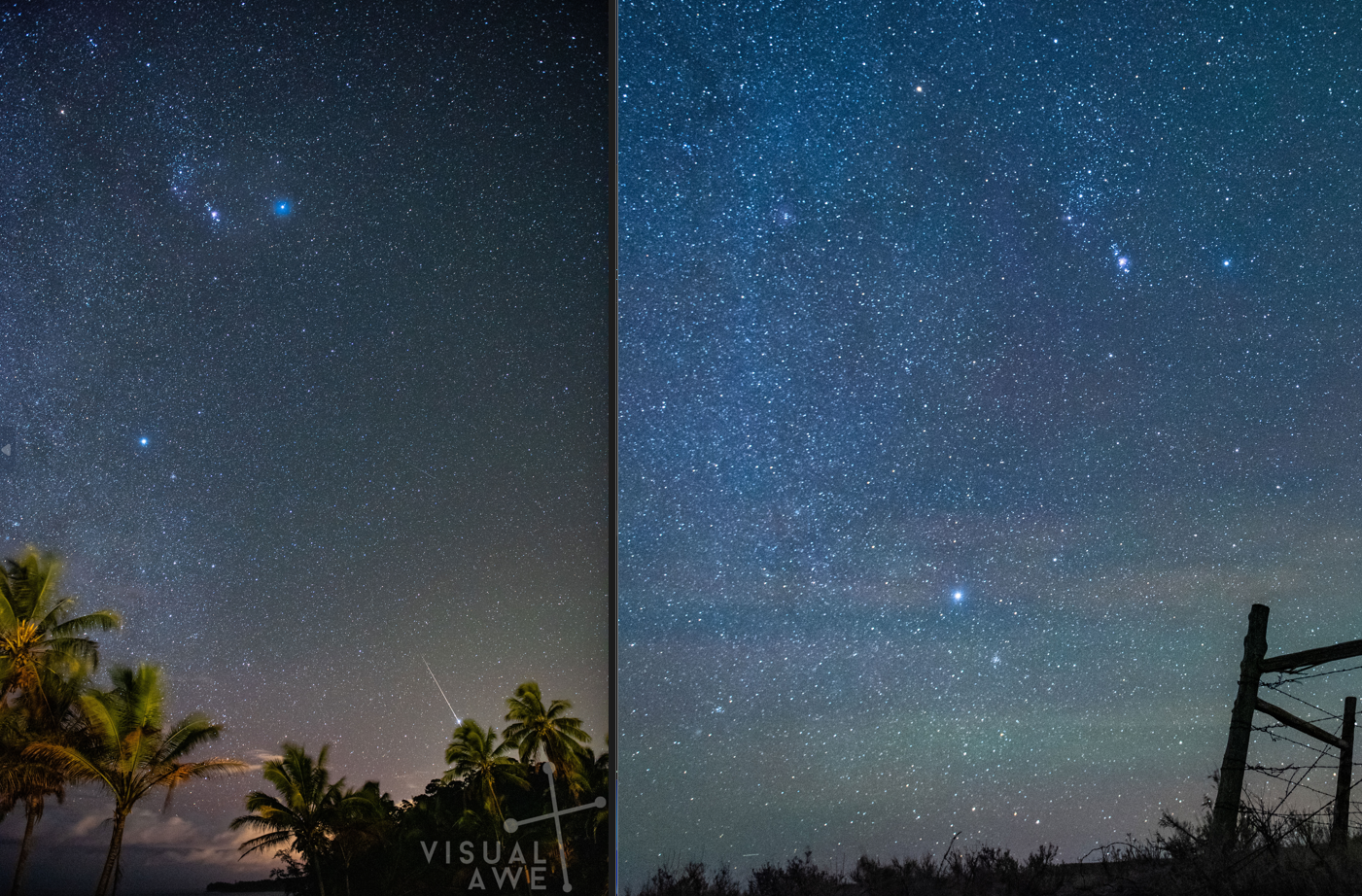Observing the Sphere of the Earth
Do you not know? Do you not hear?
Has it not been told you from the beginning?
Have you not understood from the foundations of the earth?
It is He who sits above the circle of the earth,
and its inhabitants are like grasshoppers;
who stretches out the heavens like a curtain,
and spreads them like a tent to dwell in;
who brings princes to nothing,
and makes the rulers of the earth as emptiness.—Isaiah 40:21-23
“If the Earth is truly round, how do you know that?”
When I heard those words, I stopped and pondered. How would I actually know that the Earth is round? I know I learned it in school, but, have I ever observed with my own eyes the curvature of Earth? And how could I know that the Earth is truly round?
A great question.
Now, before you brace in fear for me to explain in some great mysterious way that the Earth flat… I know it is a sphere. I have seen the sphere of the Earth when I was flying 30,000 feet above the ground over the Pacific Ocean on my way to my honeymoon.
Sitting at 34,000 feet in altitude, you can observe the curve of the Earth as we fly over the Pacific Ocean.
But what about astronomy? Could astronomy prove the Earth is round?
Yes, it does. Clearly. And, I find it to be one of the most fascinating things about astronomy.
If you have read my other post, I mentioned how I saw the Southern Cross for the first time in Guatemala. This was truly my first time that I observed how the roundness of the Earth impacts our astronomy and the night sky we can observe. See, where I live in Colorado, I can never see the Southern Cross (tragically) because it is in the southern hemisphere night sky. If I wanted to see the Southern Cross from where I stand writing this, I would be looking into the ground.
But….
If I have some extra cash, and a willingness to travel somewhere far from home to the south, then that changes. Guatemala revealed to me how much more there is to explore in the night sky if I travel south.
However, the shift in the night sky is gradual, not dramatic. This is because Guatemala is 25º south of my home, which means the sky will only shift “north” 25º. If the Earth was flat, then I would not be able to observe anything north of me because it would be on the “other side.”
How do we observe it?
Observing the Sphere of the Earth
Let’s compare the two images below.
A photograph of Orion rising, with the Winter Milkyway following behind it. The photograph on the left was taken at 19º North of the equator, while the photograph on the right was taken 41º north of the equator.
Do you notice anything different between the two photographs?
On the left, you can see that Canis Major, Orion’s hunting dog, is rising much higher in the sky. Beneath Canis Major sits the constellation Puppis, and even the supergiant star Canopus is visible above the palm tree. The two star clusters Messier 41 and Messier 47 are visibly higher in the night sky.
Comparing this picture to the one on the right, we can see that Puppis and Canopus are not visible, and Canis Major is barely skirting above the horizion. While Messier 41 and Messier 47 are visible, they are much closer to the horizon.
Below are the same pictures, labeled. What do you see that is different about them?
The different night sky between Hawaii (19º N) and Wyoming (41º N) at roughly the same time at night.
In my mind, this is one of the most fascinating and exciting things about astronomy. There is a whole other dimension of the night sky to explore! But, it requires some serious traveling to be able to observe it.
At one point in the future, Lord willing, I hope to explore this even more by making a trip to Chile, Argentina, Namibia, Australia or New Zealand. Any of those locations will be fabulous for observing the night sky visible in the Southern Hemisphere that I cannot see from home. But until then, I am thankful that I got to witness something few people do in human history—the difference between the night sky at my house, and the night sky somewhere much further south.
Timelapse Revealing the Sphere of the Earth
When I was in Hawaii, I decided to take a timelapse of Orion rising over the ocean. As I reviewed the footage, I noticed there is a significant difference with how the stars rise in Hawaii versus how they rise at my home. Hence, as soon as I got home from Hawaii, I decided to do the same timelapse to show the difference between how the stars rise in Hawaii and how the stars rise in Colorado. Can you see the difference between the two?
The difference you’re observing is caused by the Earth’s rotation.
Confirmation of the Word
I started this journal entry with Isaiah 40:21-23. The book of Isaiah was written during Isaiah’s lifetime, which would’ve been between 739 and 681 BC. In other words, these verses which describe the sphere of the Earth were written 2,705-2,763 years ago (from 2024)!
It is amazing to me how the Word of God stands the test of time. We can trust what the Word says. We can know it is true. We can know there is a God who created the heavens and the Earth, and all that it contains. We can know that He loves us and sent His Son, Jesus, to become our sin. If we turn away from our sins and put our faith in Him, we will be saved.
“If we confess our sins, he is faithful and just to forgive us our sins and to cleanse us from all unrighteousness.”
—1 John 1:9
The Southern Hemisphere Milkyway peeking behind clouds over the ocean as the sun rises. While this is barely visible in Hawaii, but would be visible directly overhead in Río Gallegos, Argentina or Hobart, Tasmania (Australia)




